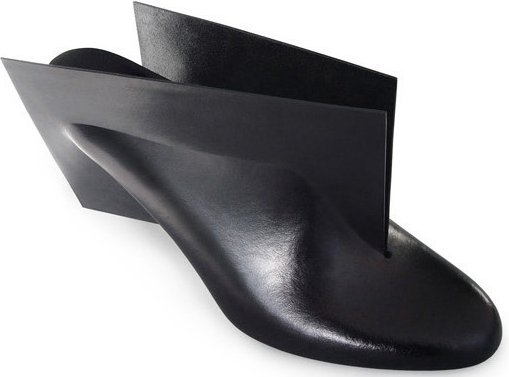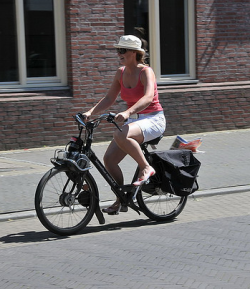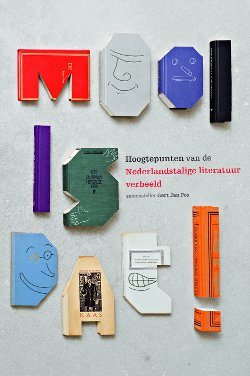
The owners of a few pubs in Weert, Limburg have decided to give free beer, wine and even kir (how classy) on the house to girls, so that boys stay away from those illegal beer-serving non-pubs called ‘zuipketens‘, modern-day Dutch speakeasies that have apparently increased in popularity since the smoking ban. By stay away I do mean come to their pubs instead because they have tipsy girls in them.
Free drinks are sure to get a few more girls into the pub, but at a cost and not on the long run. And then there’s the morally questionable idea of getting girls to drink more, knowing they get drunk more quickly, and all that jazz. The drinking age in the Netherlands is 16, an age when kids are not legally responsbile adults, which is also a major problem in smaller communities where there’s not much to do but drink — like in Weert, Limburg.
Back in 2008 we wrote about beer confiscation in Urk, a very religious town in Flevoland whose youth is drinking their youth away because there’s nothing to do there.
(Link: telegraaf.nl, Photo: me at Oktoberfest. If the Telegraaf can use a German picture for a Dutch article, so can we.)



 A couple of weeks ago I recommended you play
A couple of weeks ago I recommended you play 
 In 2009 The Impossible Project bought the last remaining factory of Polaroid film in Enschede, as the latter company was getting out of the instant business, and started producing Polaroid compatible film themselves.
In 2009 The Impossible Project bought the last remaining factory of Polaroid film in Enschede, as the latter company was getting out of the instant business, and started producing Polaroid compatible film themselves. 


 Dutch comics intendant—yes, that is an official title—Gert Jan Pos asked 57 comics artists from the Netherlands and Flanders to create abstracts of classic Dutch literature in comic form. There was one catch, each comic had to encompass the entire work in a single page.
Dutch comics intendant—yes, that is an official title—Gert Jan Pos asked 57 comics artists from the Netherlands and Flanders to create abstracts of classic Dutch literature in comic form. There was one catch, each comic had to encompass the entire work in a single page.